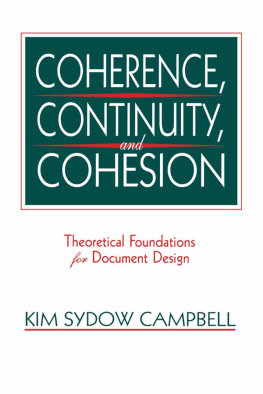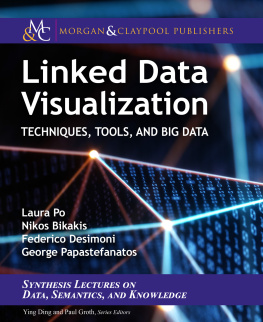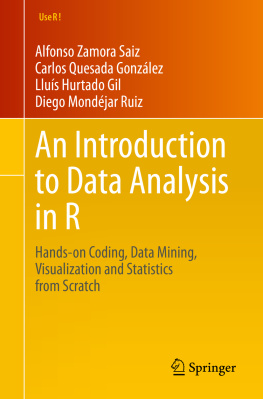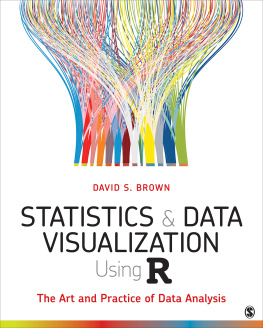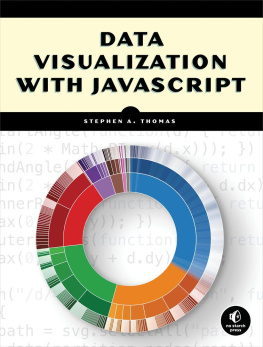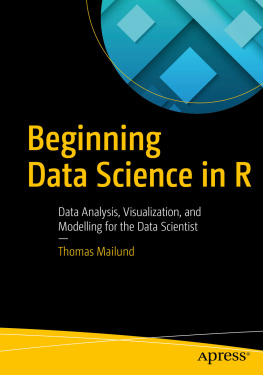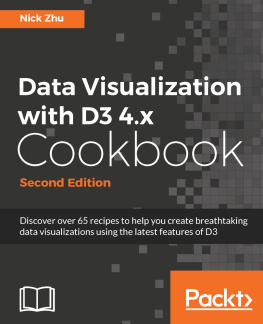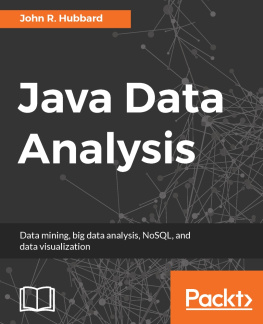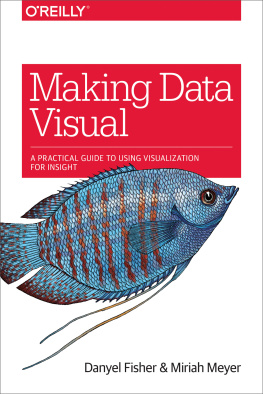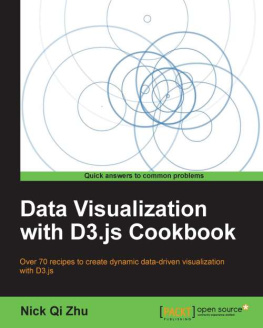Book Description
Have you ever wondered how you can work with large volumes of data sets? Do you ever think about how you can use these data sets to identify hidden patterns and make an informed decision? Do you know where you can collect this information? Have you ever questioned what you can do with incomplete or incorrect data sets? If you said yes to any of these questions, then you have come to the right place.
Most businesses collect information from various sources. This information can be in different formats and needs to be collected, processed, and improved upon if you want to interpret it. You can use various data mining tools to source the information from different places. These tools can also help with the cleaning and processing techniques.
You can use this information to make informed decisions and improve the efficiency and methods in your business. Every business needs to find a way to interpret and analyze large data sets. To do this, you will need to learn more about the different libraries and functions used to improve data sets. Since most data professionals use Python as the base programming language to develop models, this book uses some common libraries and functions from Python to give you a brief introduction to the language.
If you are a budding analyst or want to freshen up on your concepts, this book is for you. It has all the basic information you need to help you become a data analyst or scientist.
In this book, you will:
Learn what data mining is, and how you can apply in different fields.
Discover the different components in data mining architecture.
Investigate the different tools used for data mining.
Uncover what data analysis is and why its important.
Understand how to prepare for data analysis.
Visualize the data.
And so much more!
So, what are you waiting for? Grab a copy of this book now.
Data Visualization Guide
Clear Introduction to Data Mining, Analysis, and Visualization
Copyright 2021 - All rights reserved. Alex Campbell.
The contents of this book may not be reproduced, duplicated or transmitted without direct written permission from the author.
Under no circumstances will any legal responsibility or blame be held against the publisher for any reparation, damages, or monetary loss due to the information herein, either directly or indirectly.
Legal Notice:
This book is copyright protected. This is only for personal use. You cannot amend, distribute, sell, use, quote or paraphrase any part or the content within this book without the consent of the author.
Disclaimer Notice:
Please note the information contained within this document is for educational and entertainment purposes only. Every attempt has been made to provide accurate, up to date and reliable complete information. No warranties of any kind are expressed or implied. Readers acknowledge that the author is not engaging in the rendering of legal, financial, medical or professional advice. The content of this book has been derived from various sources. Please consult a licensed professional before attempting any techniques outlined in this book.
By reading this document, the reader agrees that under no circumstances is the author responsible for any losses, direct or indirect, which are incurred as a result of the use of information contained within this document, including, but not limited to, errors, omissions, or inaccuracies.
Table of Contents
Introduction
Most organizations and businesses collect large volumes of data from various sectors and departments. This data is often unformatted, so you will need to find a way to process and clean it. Businesses can then use this information to make informed business decisions. They use data analysis and mining to interpret the data and collect the necessary information from the data set. These processes play an important role in any business. You can also use this type of analysis in your personal life. Data mining and analysis can be used to help you save money. Only when businesses know how to work with data can they know where they should reinvest the money and increase their revenue.
If you are new to the world of data, this book can be your guide. You can use the information to help you learn the basics of data mining and analysis. The book will also shed some light on the processes you can use to clean the data set, various processes and techniques you can use to mine and analyze information, and it will explain to you how you can visualize the data and why its important to represent data using graphs and other visuals.
Within these pages you will find information about the different techniques and algorithms used in data analysis, as well as provide you with different libraries you can use to manipulate and clean data sets. Most data analysis and mining algorithms are built using Python, and thus we will use the libraries and functions from Python in the book. You will also find a section including information about the process used to develop a model.
Before you work on developing different analysis techniques, you need to make sure you have the business problem or query in mind. It is important to bear in mind that any analysis you perform should be based on a business question. You need to make sure there is a foundation upon which you develop the model. Otherwise, the effort you put in will be unusable. Make sure you have all the details about why you are developing a model or collecting information before you put in the effort.
Chapter One: Introduction to Data Mining
I am sure you may have heard many people talk about data mining and how essential it is. But what is data mining? As the name suggests, data mining is the process of identifying and extracting hidden patterns, variables, and trends within any data set collected for your analysis. In simple words, the process of looking at data to identify any hidden patterns and trends of information that can be used to categorize the data into useful analysis is termed data mining or knowledge discovery of data (KDD). You can use data mining to convert raw data or information into data, which businesses can use.
It is important to remember that organizations often collect and assemble data from data warehouses. They use different data mining algorithms and efficient analysis algorithms to make informed decisions about their business. Through data mining, businesses can go through large volumes of data to identify patterns and trends, which would not be possible through simple analysis algorithms. We use complex statistical and mathematical algorithms to evaluate data segments and calculate a future event's probability. Organizations use data mining to extract the required information from large databases or sets to answer different business questions or problems.
Data mining and science are similar to each other, and in specific situations, these processes are carried out by one individual. There is always an objective for these processes to be performed. Data science and data mining processes include web mining, text mining, video and audio mining, social media mining, and pictorial data mining. This can be done with ease through different software.
Companies should outsource data mining processes since they have a lower operation cost. Some firms also use technology to collect various forms of data that cannot be located manually. You can find large volumes of data on different platforms, but there is very little knowledge that can be accessed from this data.
Every organization finds it difficult to analyze the various information collected to extract the information needed to solve any problem or make informed business decisions. There are numerous techniques and instruments available to mine information from various sources to obtain necessary insights.


